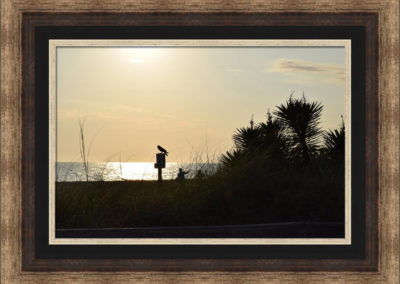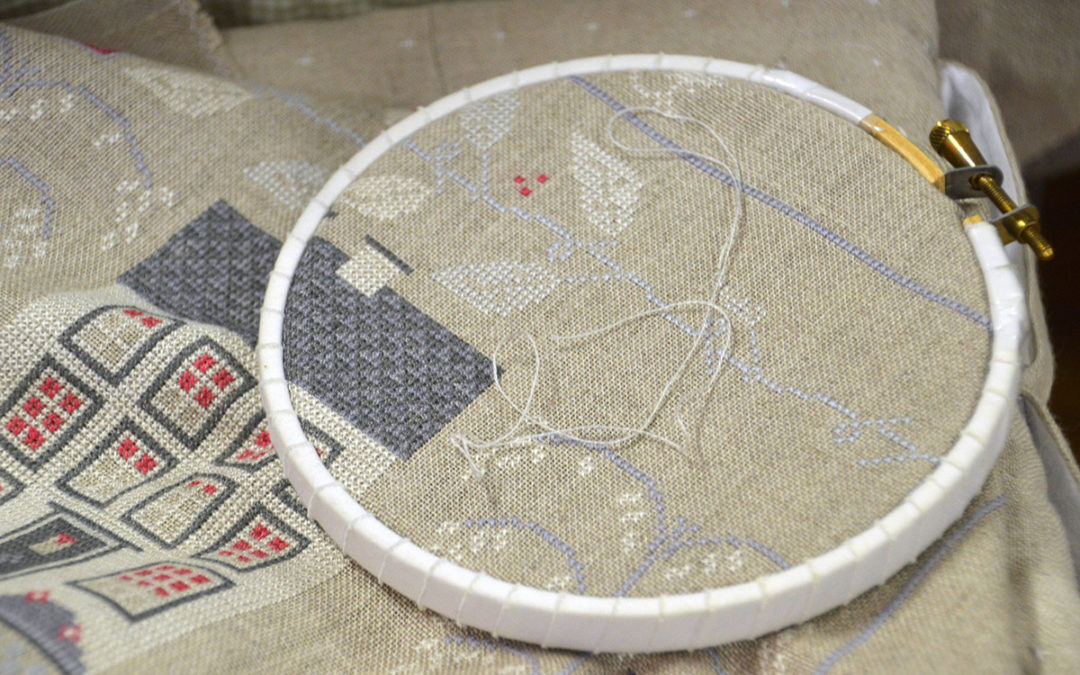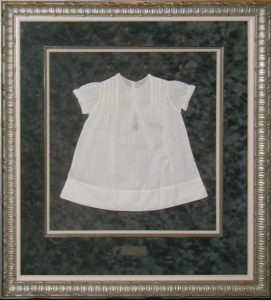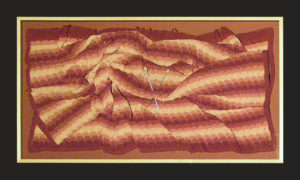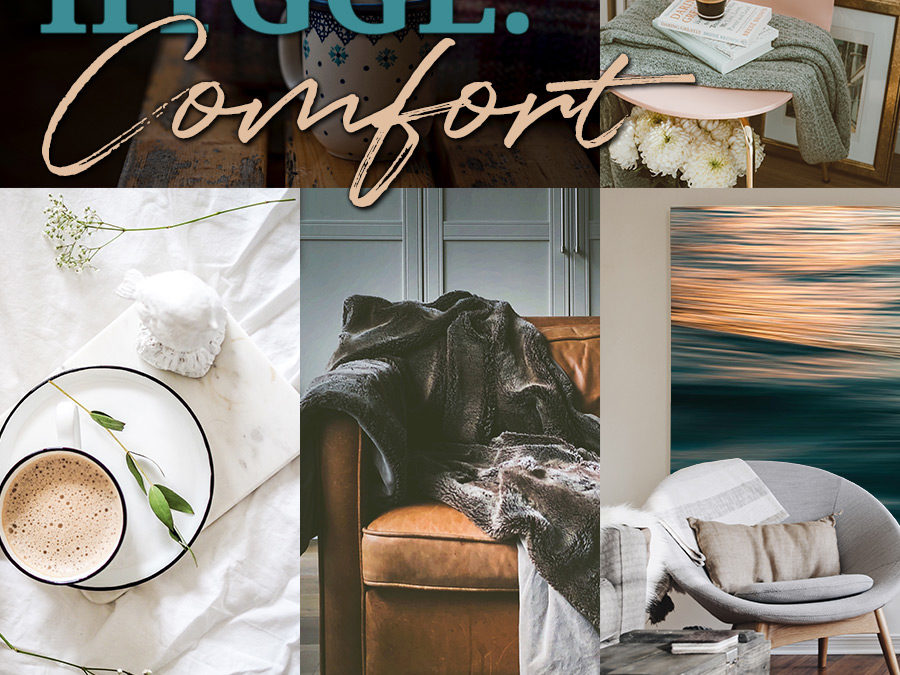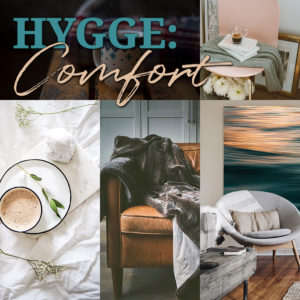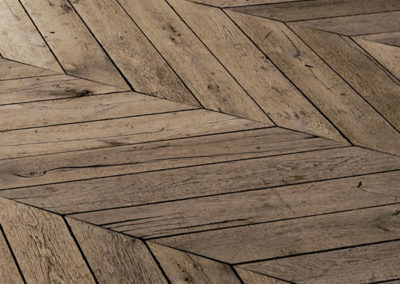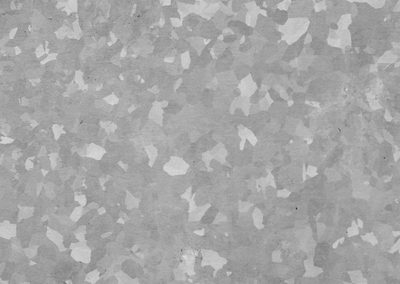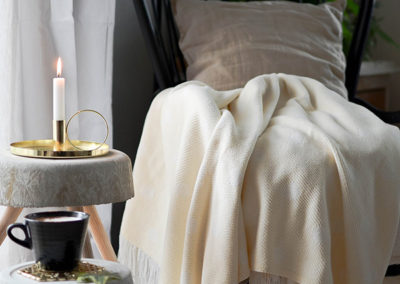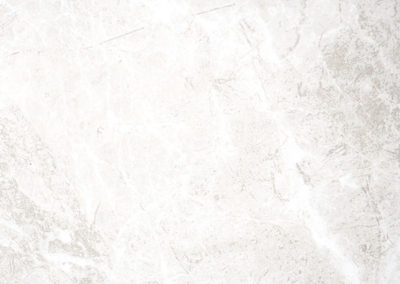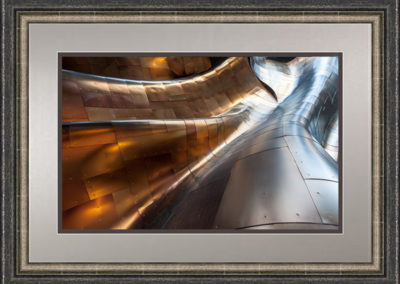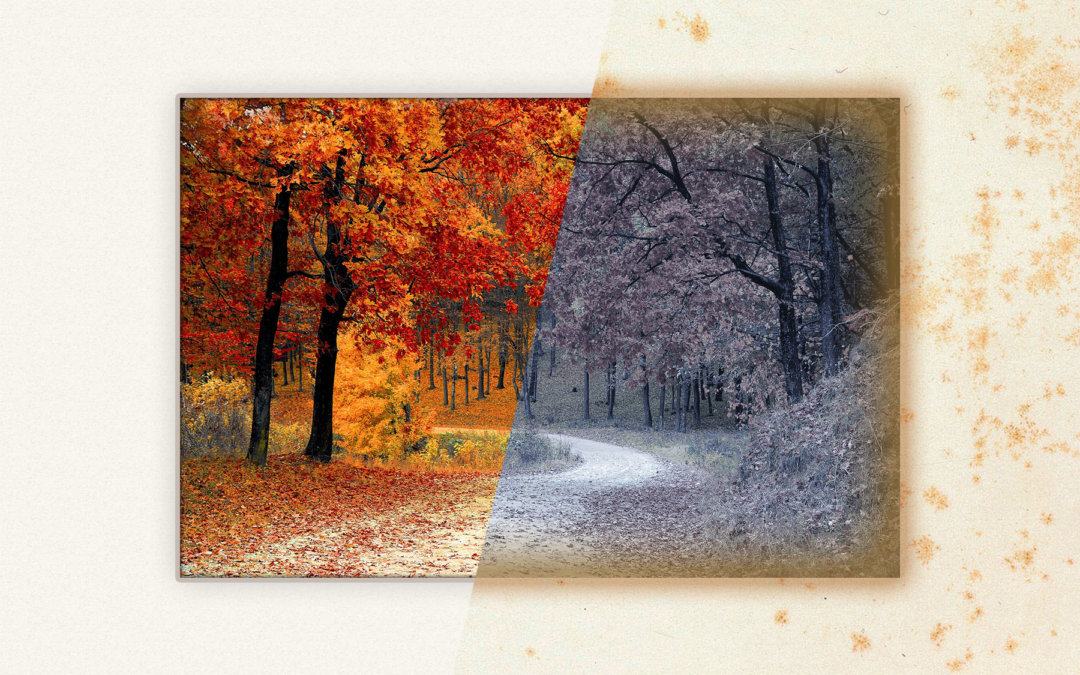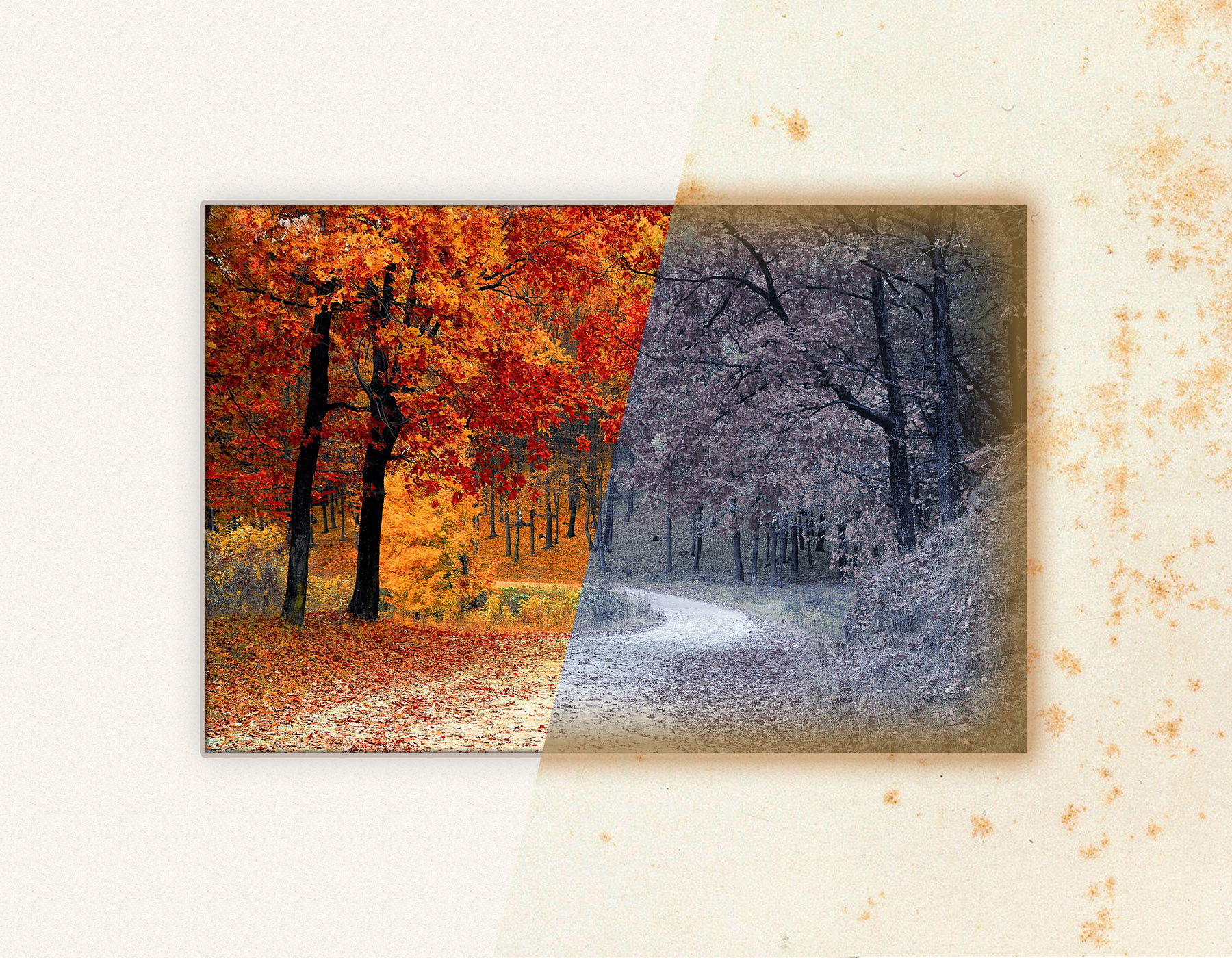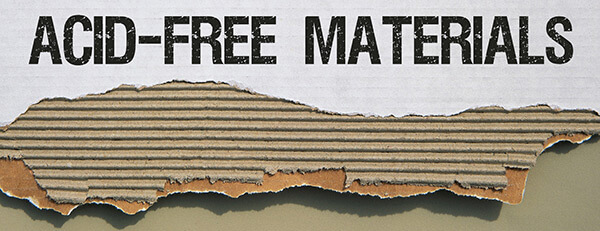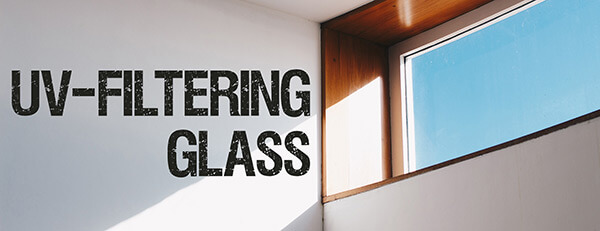
Framing newspapers, articles, and other printed media
Framing newspapers, articles, and other printed media
Hear ye, hear ye!
There was a time when the only way to receive news was through printed material such as a newspaper. Now newspapers and magazines have become collectibles. Why? Fewer and fewer newspapers are being printed in favor of online and digital sources. Despite our transition to digital media, there is something about seeing a headline in print that makes it feel permanent and important. Just like a photograph, when you see it, it jogs your memory back to a special time. So what do you do with a collectible? You frame it! Read more about framing newspapers and how to do it properly.

How do you properly frame newspaper articles so that they can last forever? Carefully! Framing newspapers is challenging – the paper itself is meant to self-destruct. Because a newspaper is printed on a lightweight, non-acid-free paper, it needs all the help it can get to preserve itself. We use only acid-free materials that surround the paper to ensure no further damage will be done.

There are numerous ways to mount a newspaper. If individual articles are cut to create a story, then dry mounting is recommended to prevent and remove wrinkling. Mounting is done on a dark backing such as foamboard to prevent ‘ghosting’ (the reverse side text showing through). Because newspaper ‘yellows’ quickly, a UV protecting glazing is used to keep the fading to a minimum.
Looking for an old newspaper?
There are several websites that sell old newspapers. They are a great resource if you want a headline from a specific date like your birthday.
—
Conservation-grade materials
We want your newspaper articles, magazine covers, and other collectibles to survive for a lifetime with minimal change of color, damage from glues, or out-gassing from materials that are not acid-free. Our framers use the very best materials for your projects.
Where do you begin when framing newspapers?
Step 1: Bring in the newspaper article

Step 2: We’ll help you decide on a design…

Step 3: Pick up your completed framed project!
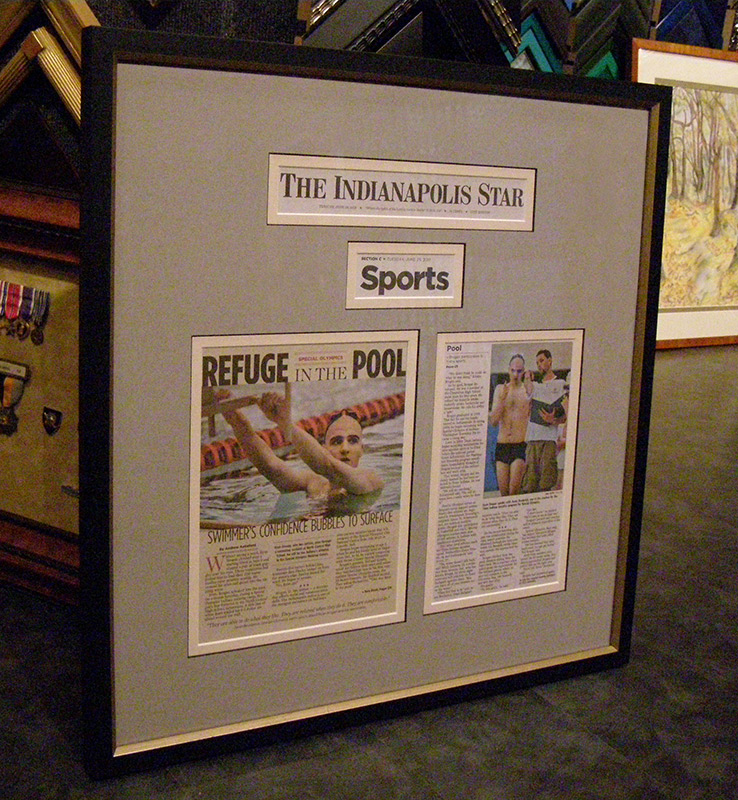
More fun projects to consider framing
Sometimes wrinkles are part of the charm, like in this old article about Mark Twain.
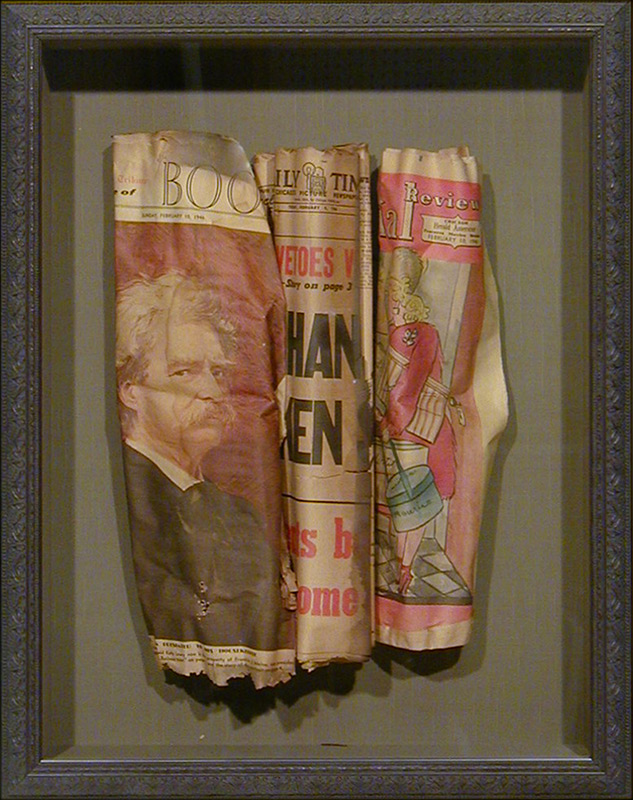
Your grandparents’ wedding announcement gets new life in a custom frame.
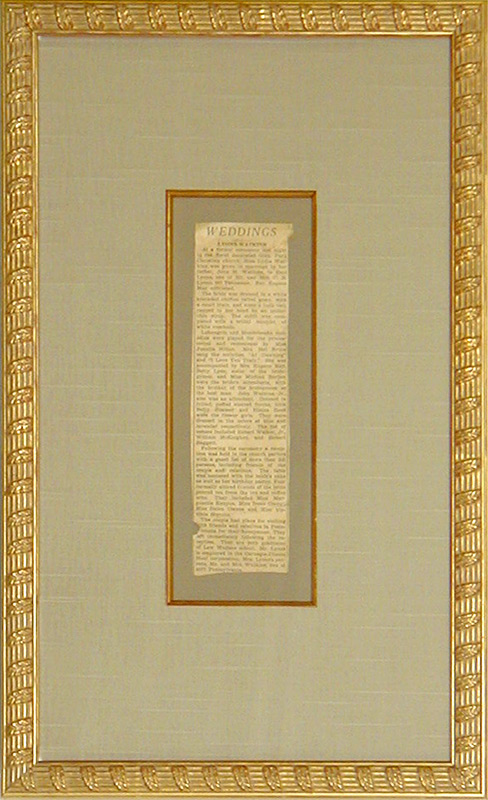
Capture a moment in time by framing your favorite magazine cover.

Vintage sheet music makes a great addition to your music room decor.
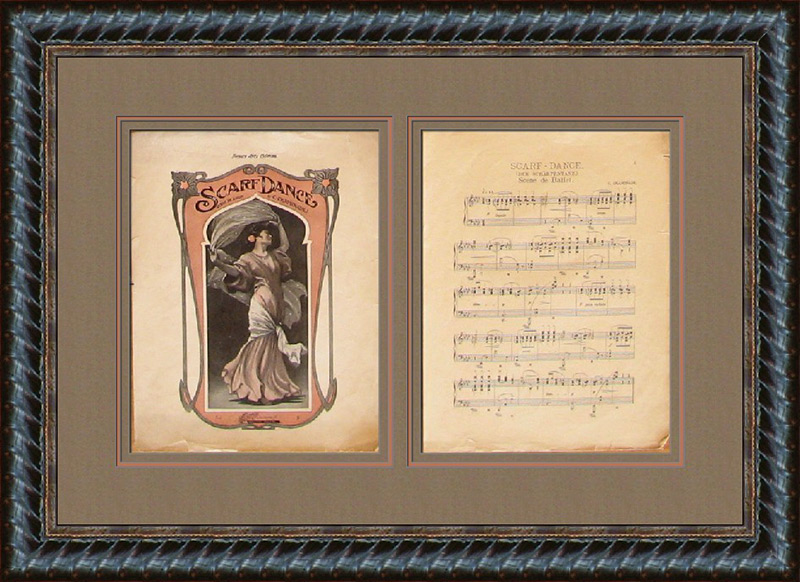

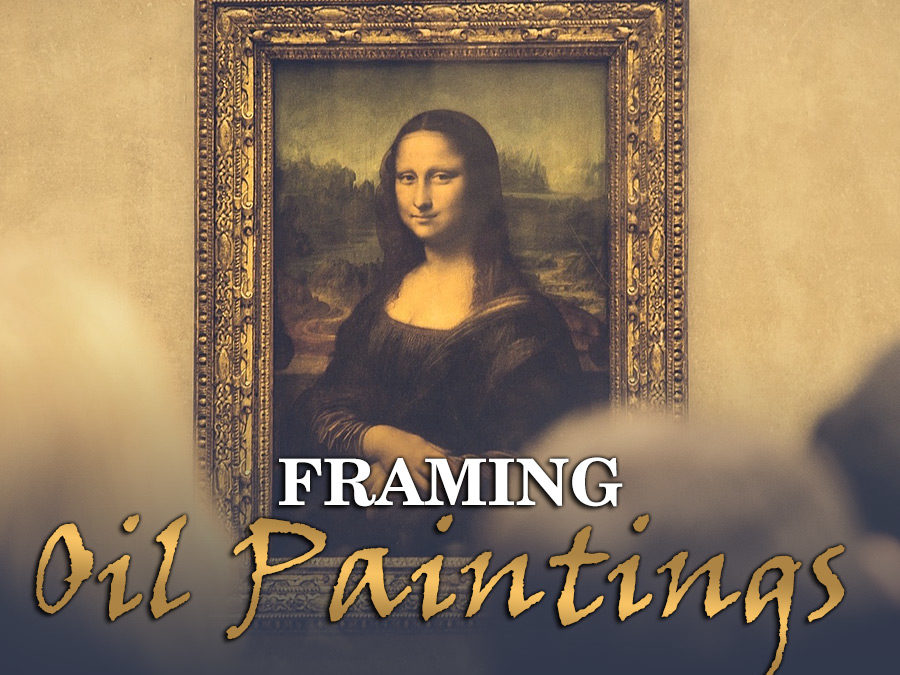
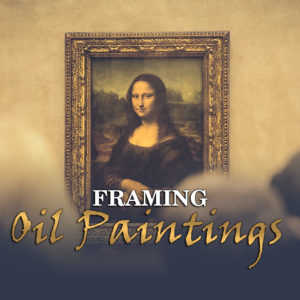
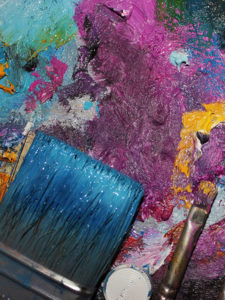
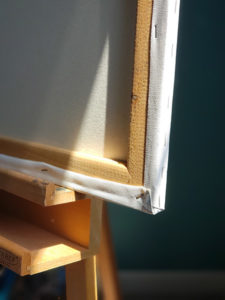
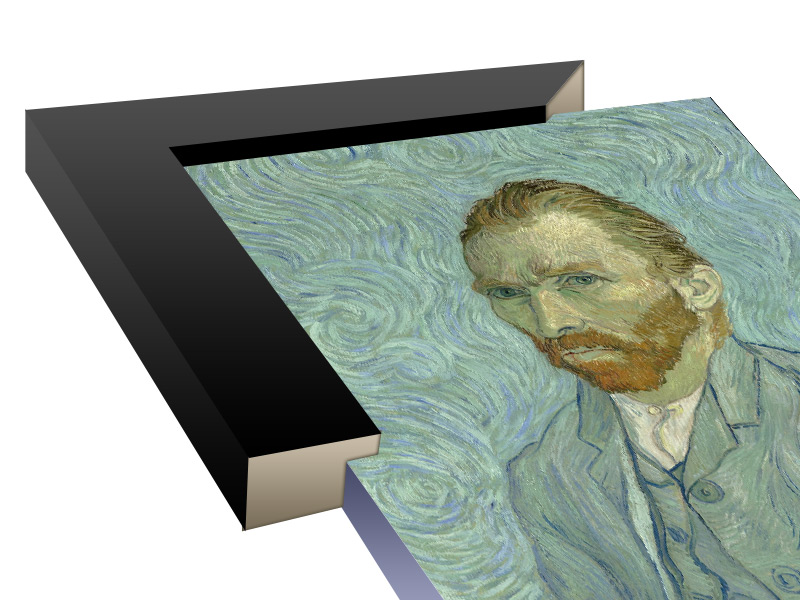
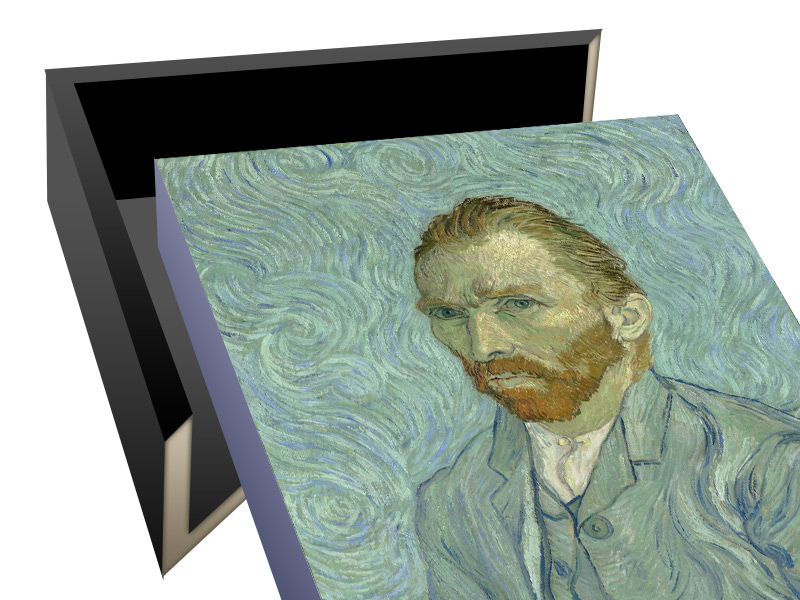
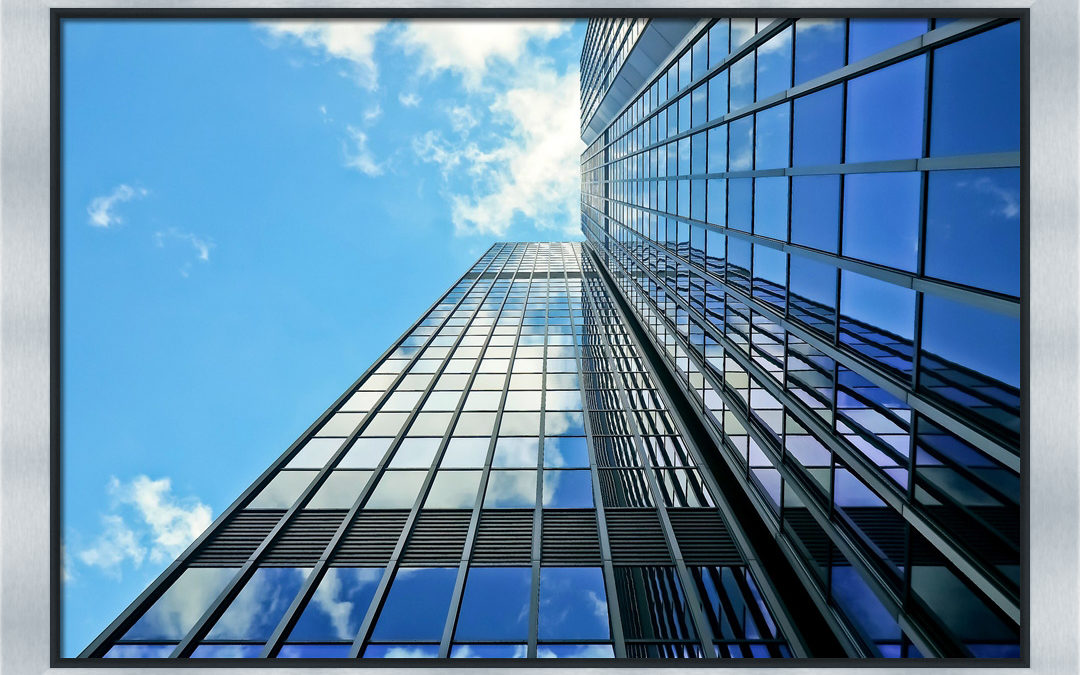
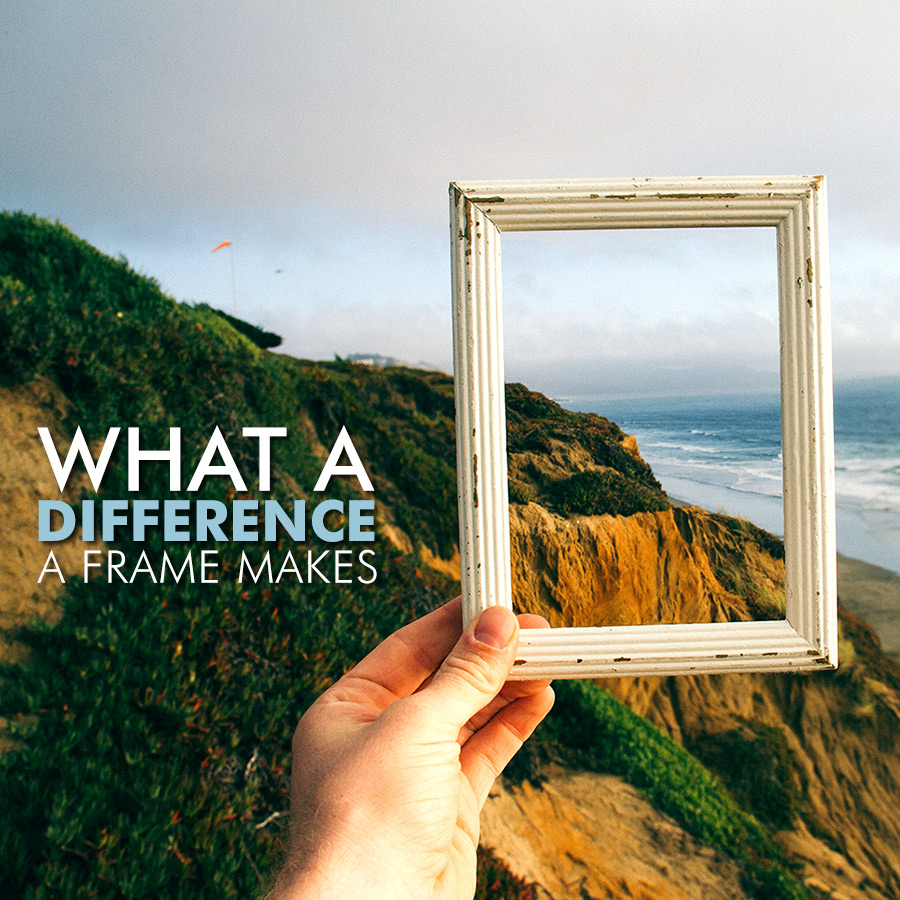

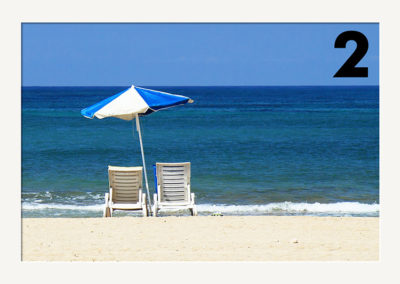


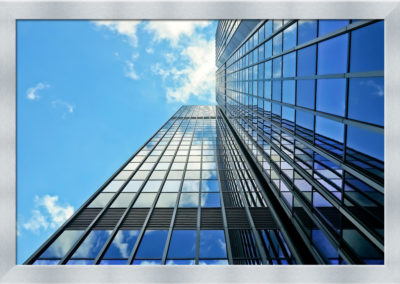
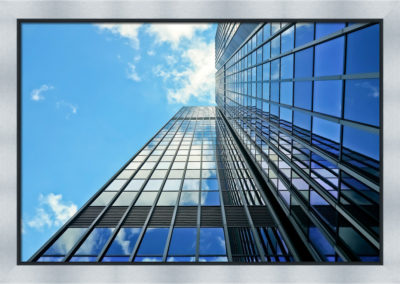
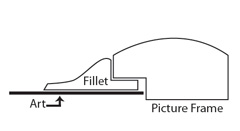 What Is A Fillet?
What Is A Fillet?


